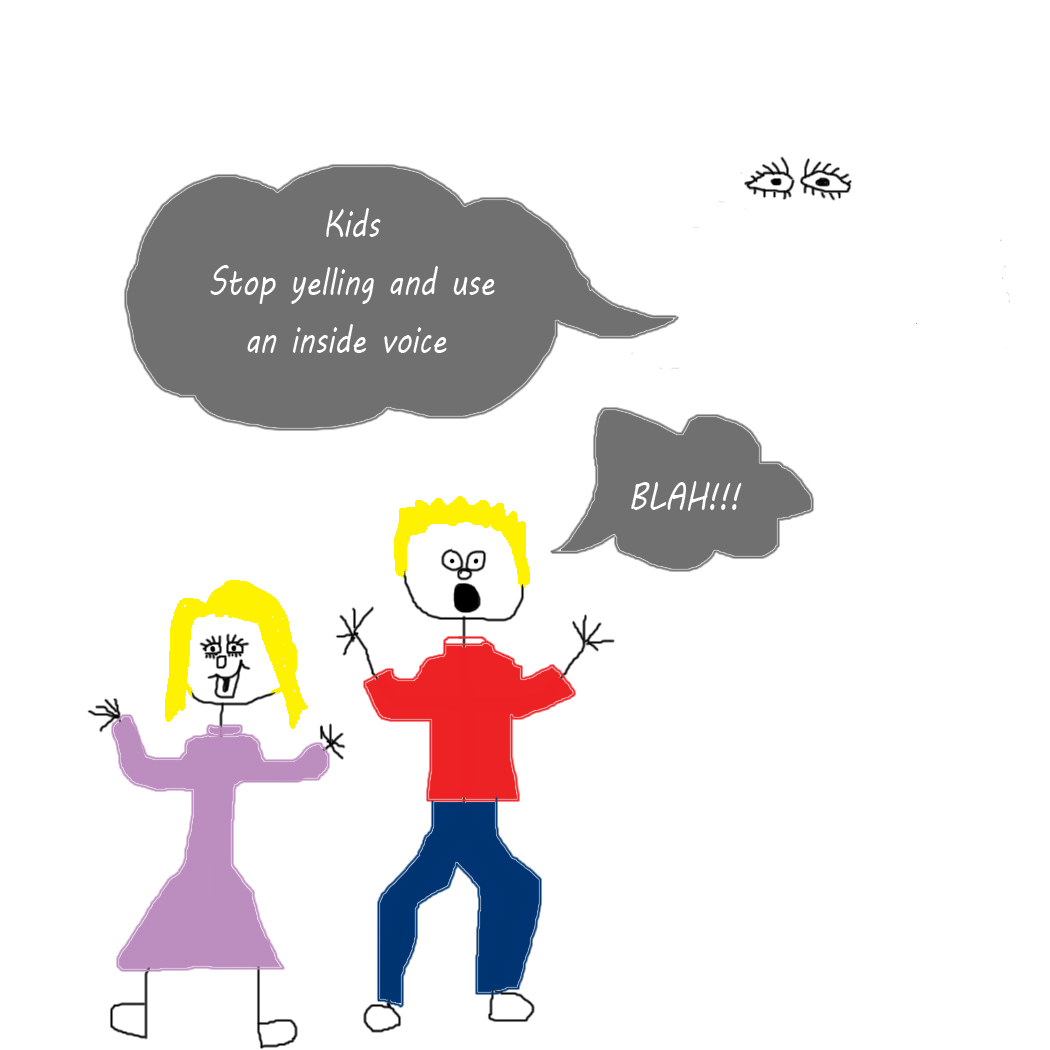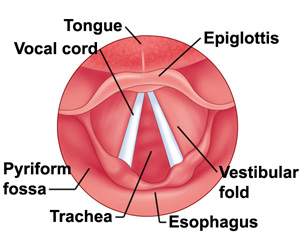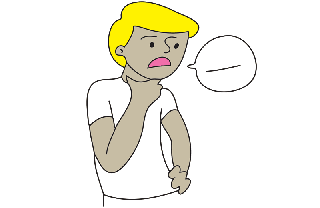Say What? Voice Disorders in Kids
How Parents, SLPs, and Voice Coaches can Help by Teaching Vocal Hygiene

Image Courtesy of thesecondset.com
Maybe you’ve told your kids to wash behind their ears, but have you ever considered their vocal hygiene? Maybe it is time to start, especially if you’re concerned they might have a voice disorder, or dysphonia. While they are some of the rarer forms of vocal and speech problems, voice disorders affect an estimated 1 million children in the United States. Most of these children develop voice disorders due to unhealthy communication practices, such as yelling and straining the vocal cords. While vocal hygiene plays a part in many voice disorders, there are other causes that need to be evaluated by healthcare professionals.
- Laryngitis (the most common type, caused by what some might consider vocal abuse)
- Vocal cord paralysis
- Contact ulcers and sores
- Tumors on the vocal cords, voice box, and within the air passages
- Vocal fold nodules

Image Courtesy of celebritydiagnosis.com
What is Vocal Hygiene?
Just as parents encourage kids to use soap, brush their teeth, and comb their hair, it is important that children learn how to care for their voices. This practice of vocal hygiene is a combination of preventative steps aimed at protecting the body against voice disorders. While some of these steps such as quitting or not starting smoking and protecting the body from harmful chemical fumes might not seem pertinent to kids, there are several ways that parents, SLPs, and healthcare professionals can work together to encourage healthy vocal hygiene in kids.

Image Courtesy of esl-library.com
Treating Voice Disorders with Vocal Hygiene Techniques
When children show signs of voice disorders, especially over a long period of time, it is important to begin with an evaluation by a professional. You might find it beneficial to locate an SLP who specializes in voice disorders. They often have specific tools they can offer through therapy that increase vocal hygiene and improve voice quality. Some types of vocal hygiene that can benefit everyone include:
Keep hydrated – The vocal cords need hydration, especially if you’re going to be talking at length. Children often forget to simply stop in the middle of play and get a drink of water. Instead, they continue running around the playground and yelling with their friends. Invest in some durable water bottles your kids can take on the go for easy access to needed hydration.
Learn how to clear your throat – Believe it or not there are techniques for better throat clearing that can reduce stress on the voice. Encourage your child to keep hydrated and be as gentle as possible when clearing the throat. Instead of having your child strain and cough through throat clearing, encourage him to say a short sound to help clear the throat, such as “hum”, in a gentle way.
Clear away the snot – So if throat clearing can harm your vocal cords, it makes sense that the more mucus your child has in her throat the more she might want to clear her throat. Excess mucus can cause kids to stress their vocal cords and cause temporary injury. Talk with your child’s health provider about ways to reduce mucus amounts.
Learn how to use neck massages – Help your child reduce voice stress by relaxing the muscles in the neck.
An ounce of prevention can be worth a pound of cure. Vocal hygiene is not just for professional singers who use these methods to improve their voice qualities – it can reduce the raspy resonance often associated with overuse of the voice and prevent the dangers of developing callouses on the vocal cords (yes – just like overworked hands get callouses!).


